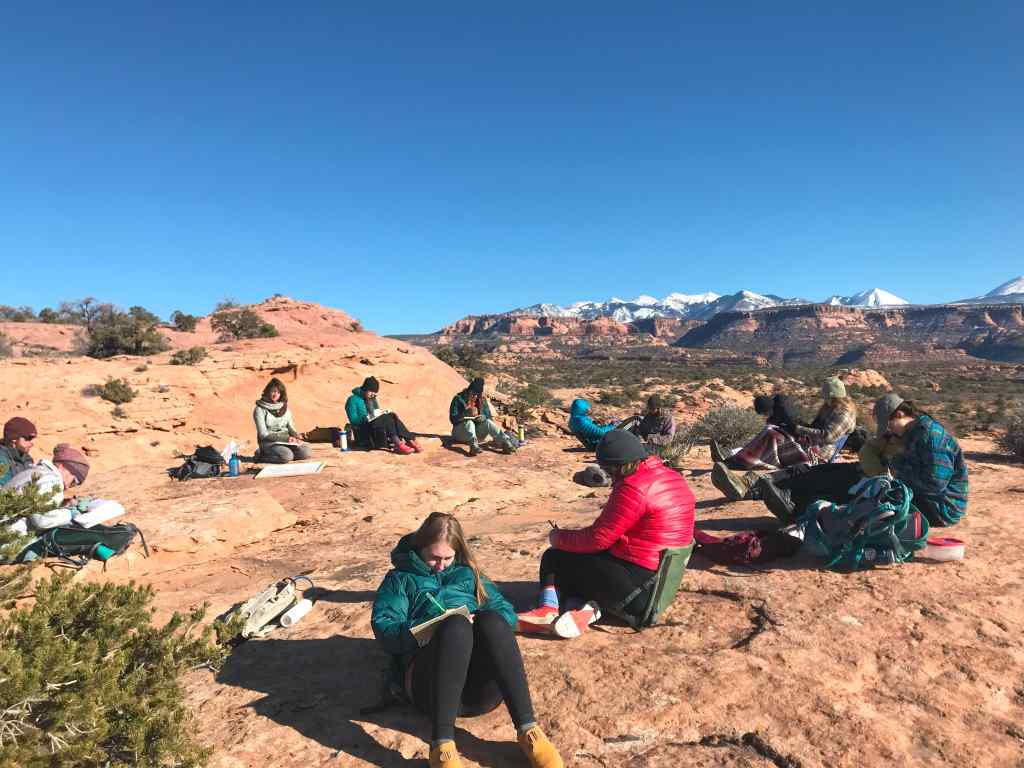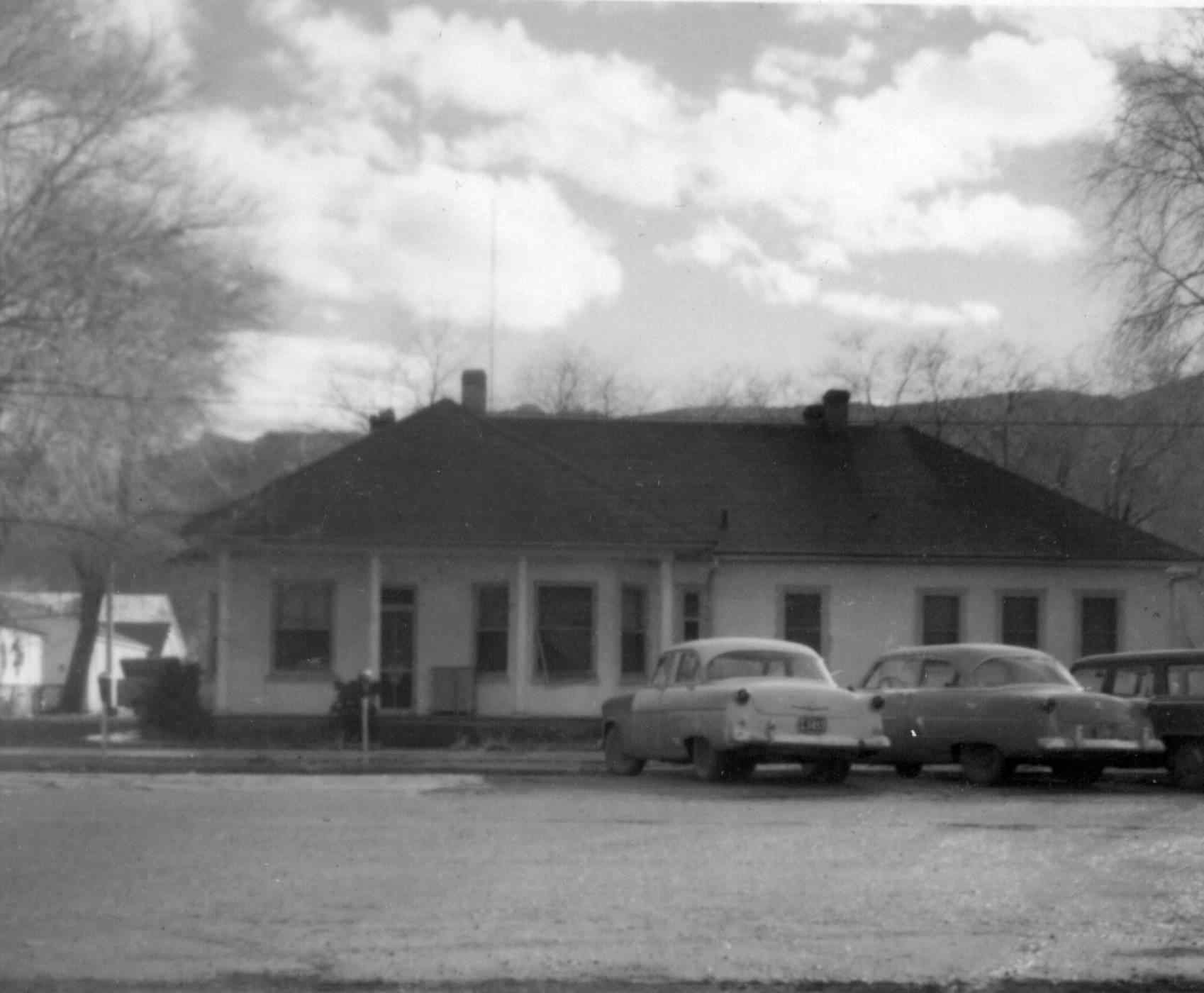Annie Dalton has been finding artistic inspiration in the vast desert landscapes of the Southwest for years. From rock and erosion patterns to native wildflowers, elements of the natural world seep into her work as both a ceramicist and a two-dimensional artist.
Earlier this month, Dalton began her tenure as the 2024 Community Artist in Parks. The program, which started in 2009, brings local artists into southeast Utah’s parks to create original pieces and share their creative process with visitors. Dalton will spend at least 24 hours a month in Arches National Park, Canyonlands National Park, Hovenweep National Monument and Natural Bridges National Monument.

One of Dalton’s focuses this spring is sketching native wildflowers, particularly those with medicinal properties. She plans to carve linoleum block prints from her drawings, which she’ll combine to compose her pieces.
“I’m trying to find specimens as they’re blooming in situ,” she says. “I feel like I’m in biology. It’s crazy.”
Before her tenure, she curated a list of plant species she hopes to see, with information about their families, bloom times, properties and any active chemical compounds. Now, her challenge is to hunt them down before their flowers fade.
Dalton is no stranger to combining science and the arts. As a college student, she studied both biochemistry and fine arts. Her interest in chemical structures and reactions has played “very nicely” into her experimentations with glaze chemistry, she says. And it spurred her to learn more about medicinal plants.
Now Dalton owns two businesses in town: Moab Varnish, where she sells her pottery, and Desert Edge Design, which she began in 2022 for her other artistic endeavors.
In addition to finding inspiration in wildflowers, she’s also sketching the “epic” landscapes she sees while out on her search in the parks. But creating art in more remote environments comes with unique technical difficulties.
During Dalton’s first weekend, she was busy drawing an Indian paintbrush in the Needles District of Canyonlands when suddenly snow began to fall all around her.

“My paper’s wet. My fingers are frozen,” she says. “But part of the excitement of it is never knowing what’s going to happen, who you’re going to find or who you’re going to talk to.”
While only a few weeks into her tenure, she says the most rewarding part has been meeting young artists and encouraging them to continue practicing their craft. For kids to see her as a role model has been “such an honor,” she says.
Recently, she recalls chatting with a family with two kids—one of whom was a young artist—who had stumbled upon her while she was sketching. She talked with them for a while about native plants and nocturnal pollinators, explaining how some species had adapted to harsh desert conditions by blooming at night.
The next day, she ran into them again as they were leaving Moab Coffee Roasters, and the kids excitedly yelled her name.
“All these random connections with the stories and the people, just adding that extra layer of meaning to their experience in the parks,” she says.
Dalton also plans to collaborate with the Moab Museum to tap into the local community for oral histories about native blooms—from information on their medicinal uses to traditions or folk tales surrounding them. In her work, her goal is to communicate educational stories about these native plants that we often overlook as they grow along the roadside, she says.
“I’m just capturing the joy of being in the landscape, and the wonder of these plants,” she says. “Just offering this…other way of viewing them that’s full of wonder and magic and mystery.”
Dates for Annie’s 2024 visits are posted on the National Parks Service website.



